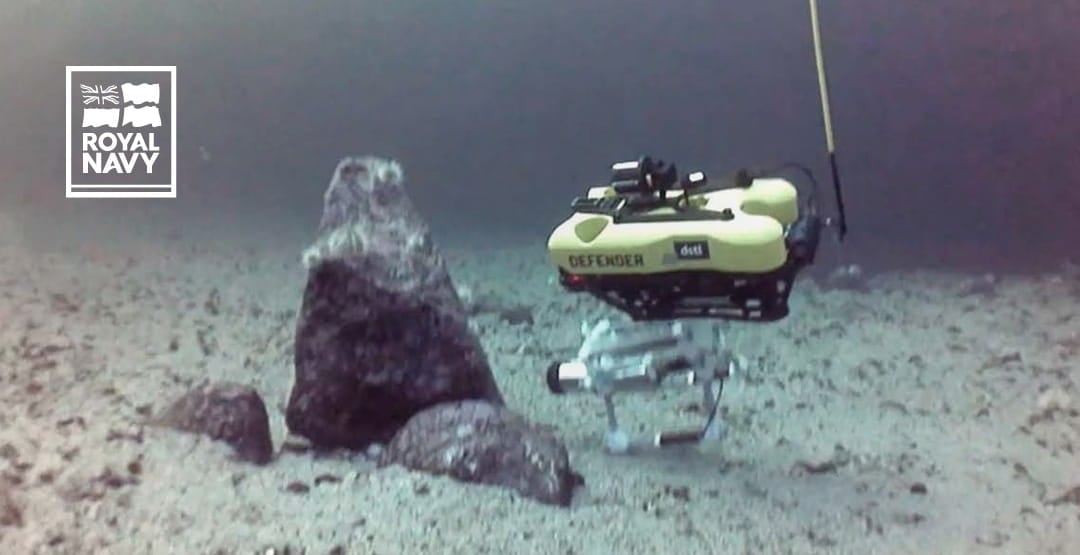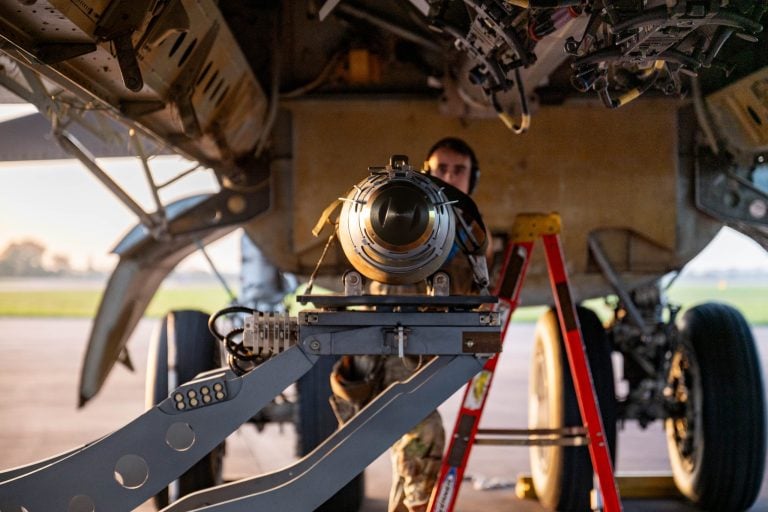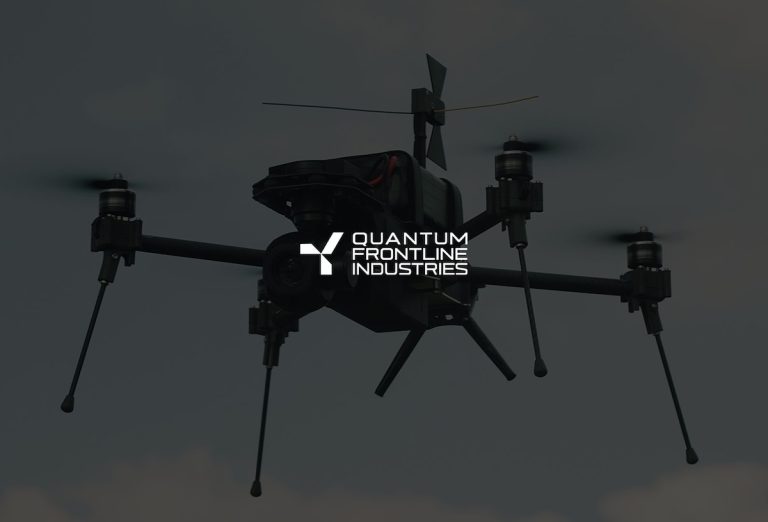The UK’s Defence Science and Technology Laboratory (Dstl) has taken a significant step forward in safeguarding the nation’s critical subsea infrastructure by adopting an advanced underwater robot. This commercially-available remotely operated vehicle (ROV) is designed specifically to address threats to undersea cables, pipelines, and other vital subsea assets.
One of the remarkable features of the ROV is its ability to detect and disarm potential threats, as well as its capability to remove legacy unexploded ordnance, a dangerous remnant from past conflicts that can threaten vessels and divers engaged in counter-sabotage operations. Enhanced with cutting-edge systems, the ROV boasts the ability to identify threats accurately and remotely deploy explosive charges for their neutralization.
An explosives engineer at Dstl commented on the technology’s potential, stating that it would offer a valuable toolset to keep armed forces safe while simultaneously ensuring that taxpayers receive value for money. In preparation for its deployment, extensive trials have been conducted at four different locations to assess the ROV’s effectiveness and resilience in various underwater conditions.
The ROV is engineered for versatility; it can be launched from either a ship or a shoreline and operates remotely, providing operators with real-time video and sonar imagery. Its advanced sensors, tools, and cameras grant operators the ability to safely and efficiently manage underwater hazards. The design of the robot is rugged, allowing it to endure sudden explosions and enabling multiple missions without requiring extensive repairs.
Once it is officially deployed, the ROV will complement existing underwater robotic platforms, embarking on missions to scan the seabed for potential dangers. This move to bolster undersea sabotage defenses comes in response to escalating threats to vital infrastructure, particularly against the backdrop of heightened geopolitical tensions.
Recent incidents, such as the damage to several undersea cables in the Baltic region, have drawn attention to the need for enhanced security measures. Experts have characterized these incidents as elements of a “hybrid war,” particularly highlighting Russian actions that have targeted Western nations. In response, NATO initiated a monitoring mission to oversee the security of these crucial underwater networks, particularly after Polish Prime Minister Donald Tusk reported observing “suspicious” activity from a Russian vessel near a key cable.
The introduction of this advanced underwater robot represents a proactive measure to ensure the safety and security of the UK’s underwater infrastructure amidst rising threats.


















